
|
Contact us |


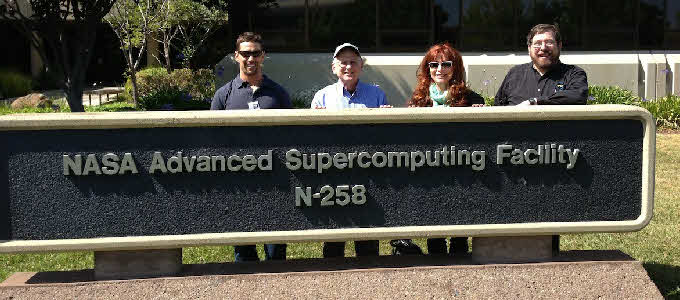
Standing outside NASA’s Advanced Supercomputing Facility, one of the top facilities of its kind in the world, which is used to solve a wide variety of complex problems.
Left to right: Denet Lewis, Martin Wasserman, Cathy Keys, Greg Weinstein.
For more information about the Supercomputing Facility, CLICK HERE.
Left to right: Denet Lewis, Martin Wasserman, Cathy Keys, Greg Weinstein.
For more information about the Supercomputing Facility, CLICK HERE.
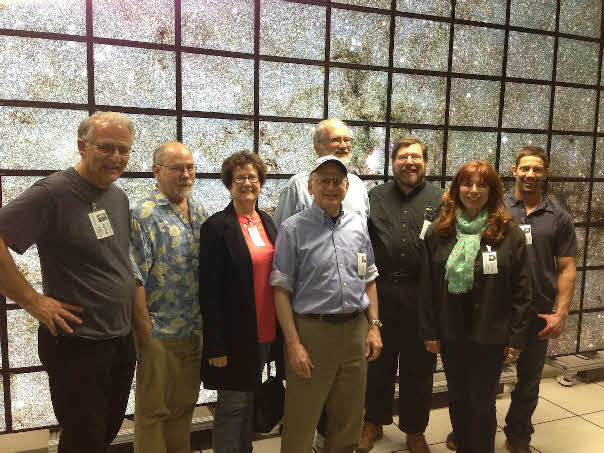
The Future Talk crew in front of the big computer wall at the Supercomputing Facility .
Left to right: Douglas Kreitz, Donald Cirlin, Laura Kinley, Martin Wasserman, Fred Bockmann, Greg Weinstein, Cathy Keys, Denet Lewis.
Left to right: Douglas Kreitz, Donald Cirlin, Laura Kinley, Martin Wasserman, Fred Bockmann, Greg Weinstein, Cathy Keys, Denet Lewis.

The large computer wall at the Supercomputing Facility. It actually consists of 128 individual computer screens linked together. This picture shows the results of a simulated test of heat resistance properties of variously shaped rocket nose cones. Each column represents a type of nosecone, and each row represents velocity through the atmosphere. The redder the tip of the nosecone, the more heat is built up there. The computer wall is actually flat. The apparent curvature is due to the panoramic setting on the camera
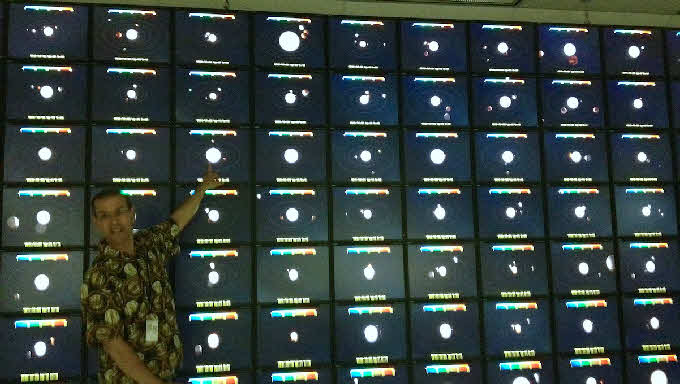
Simulation of star systems actually found by the Kepler Mission. The planets are greatly enlarged to make them visible. Based on evidence gathered so far, NASA scientists now believe that the majority of stars have planets around them.
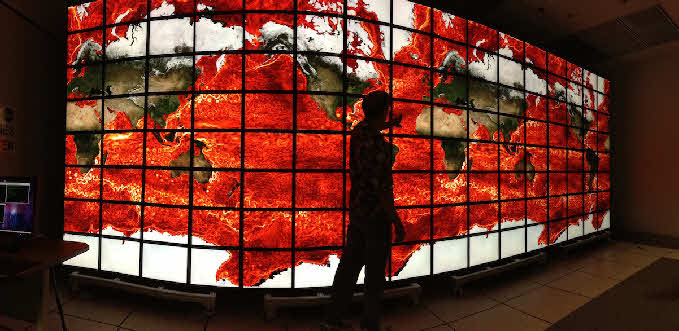
This simulation shows the world’s oceans. The wavy red lines represent water currents, not temperatures. This is an example of how NASA’s supercomputing power deals with earthbound problems as well.
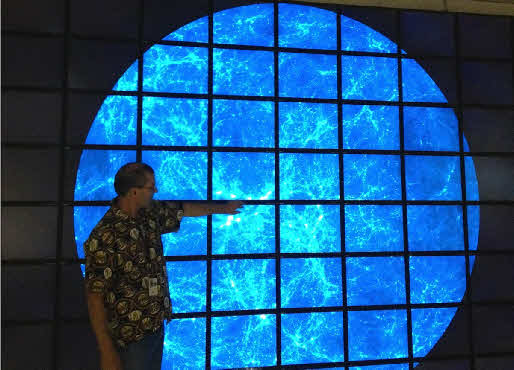
A NASA simulation of the evolution of the universe.

Martin Wasserman and Cathy Keys listening to a NASA employee explain the workings of ARC’s Next Generation Air Transportation System, or “NextGen”, which includes a simulated air traffic control tower. The tower, which simulates air traffic in all kinds of conditions including darkness, rain, fog, snow and earthquake, is used to increase the safety and efficiency of airport design.
For more information about NextGen, CLICK HERE.
For more information about NextGen, CLICK HERE.

Denet Lewis, Fred Bockmann and Cathy Keys standing in front of a NextGen simulation of L.A. Airport on a busy day with many takeoffs and landings.

The NextGen control tower easily switches to a view of the Martian landscape. The silvery material on the left is the remains of airbags that were used to cushion the landing of a Mars Rover.
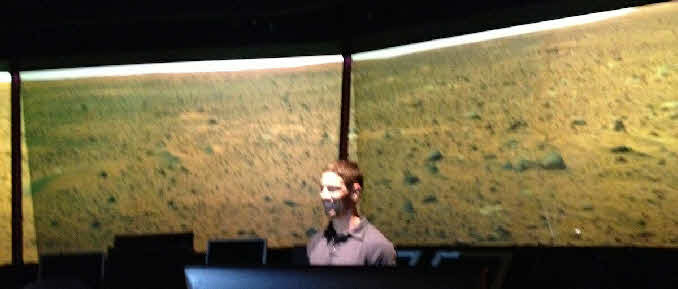
Another panoramic view of the Martian landscape at the NextGen facility

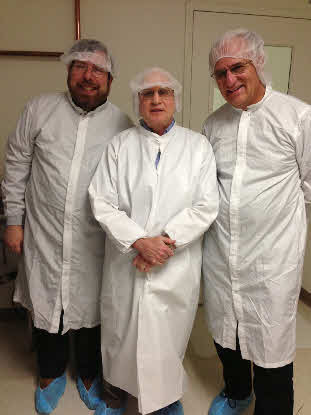
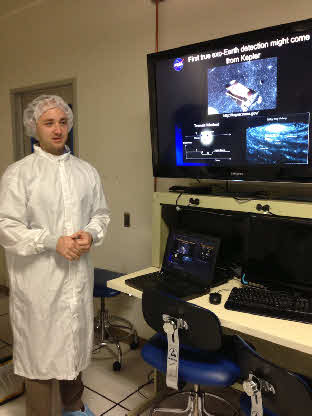
Getting ready for a visit to ARC’s Coronagraph Laboratory. That’s where they make the very specialized optical equipment used to observe planets in distant solar systems. The “clean suits” are necessary to protect the very sensitive equipment from dust and other types of contamination. They include disposable hair and shoe coverings along with the white coats.
Left to right: Greg Weinstein, Martin Wasserman, Doug Kreitz.
Left to right: Greg Weinstein, Martin Wasserman, Doug Kreitz.
Ruslan Belikov, head of the Coronagraph Lab, discusses the lab’s work. The greatest difficulty in observing a distant planet in another star system is that the brightness of the star makes the planet almost impossible to see. The optics that Rus and his team are working on are designed to remove the star from the picture so the planet can be seen more easily. It sounds simple, but is technically very complex.
For more information about the Coronagraph Lab, CLICK HERE.
For more information about the Coronagraph Lab, CLICK HERE.

Ames Research Center Tour
The crew of Future Talk recently went on a guided tour of NASA’s Ames Research Center (ARC), one of the world’s top space research facilities. The tour was at the invitation of Peter Worden, director of ARC since 2006, after his appearance as a guest on Future Talk. Much of ARC’s work involves searching for planets in other solar systems, especially those that might be capable of supporting life. ARC also uses NASA’s vast computing power to work with civilian partners in solving an array of problems that are not directly related to space.